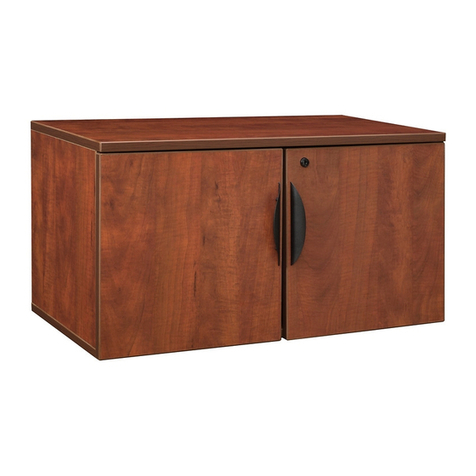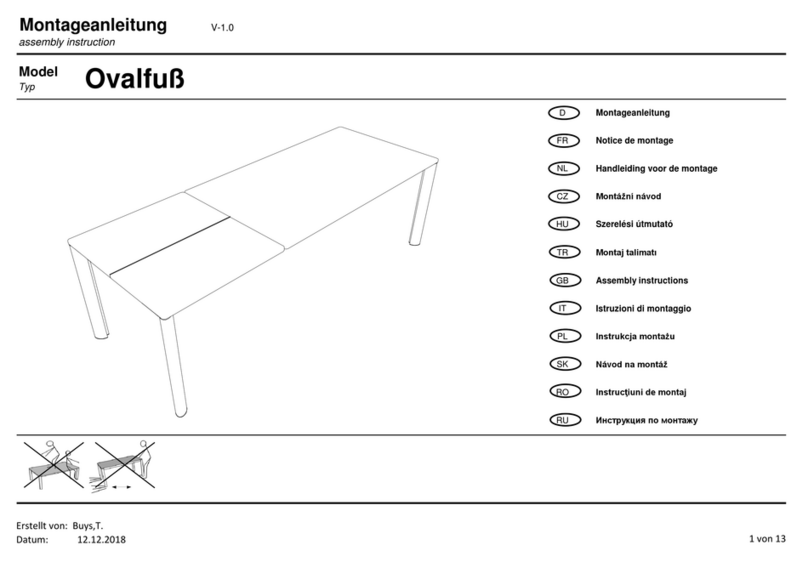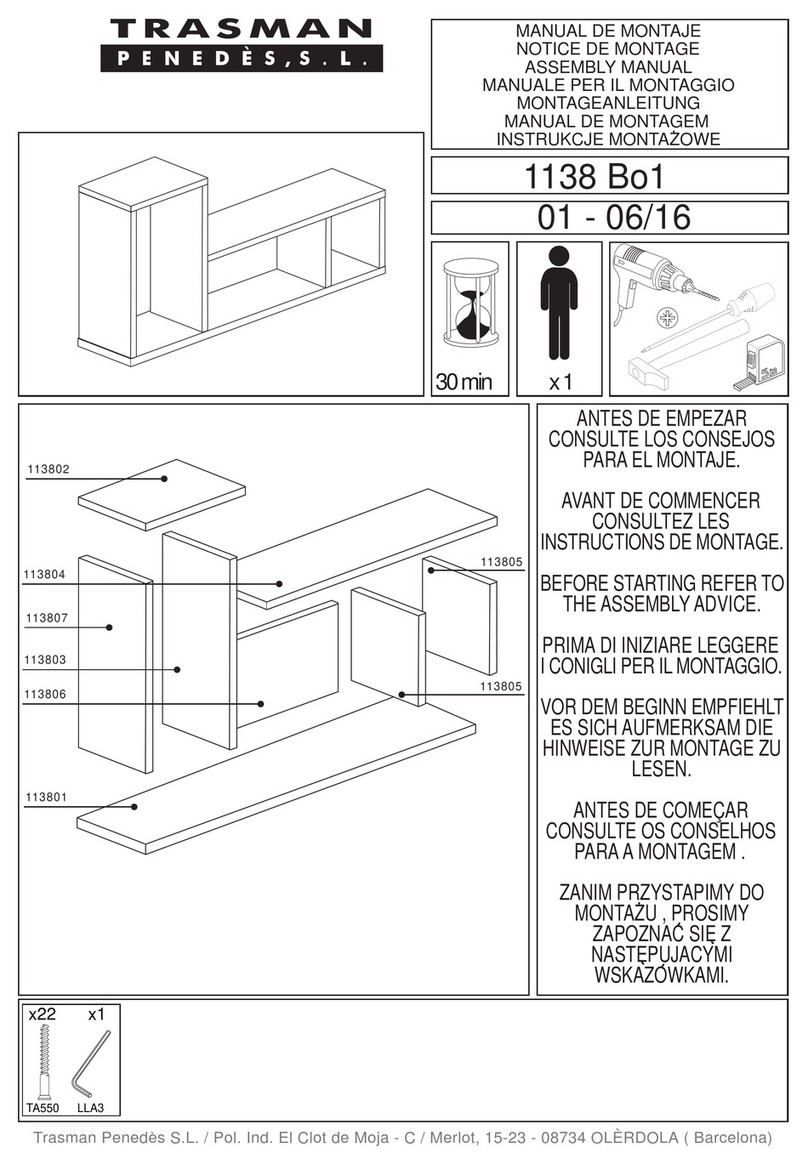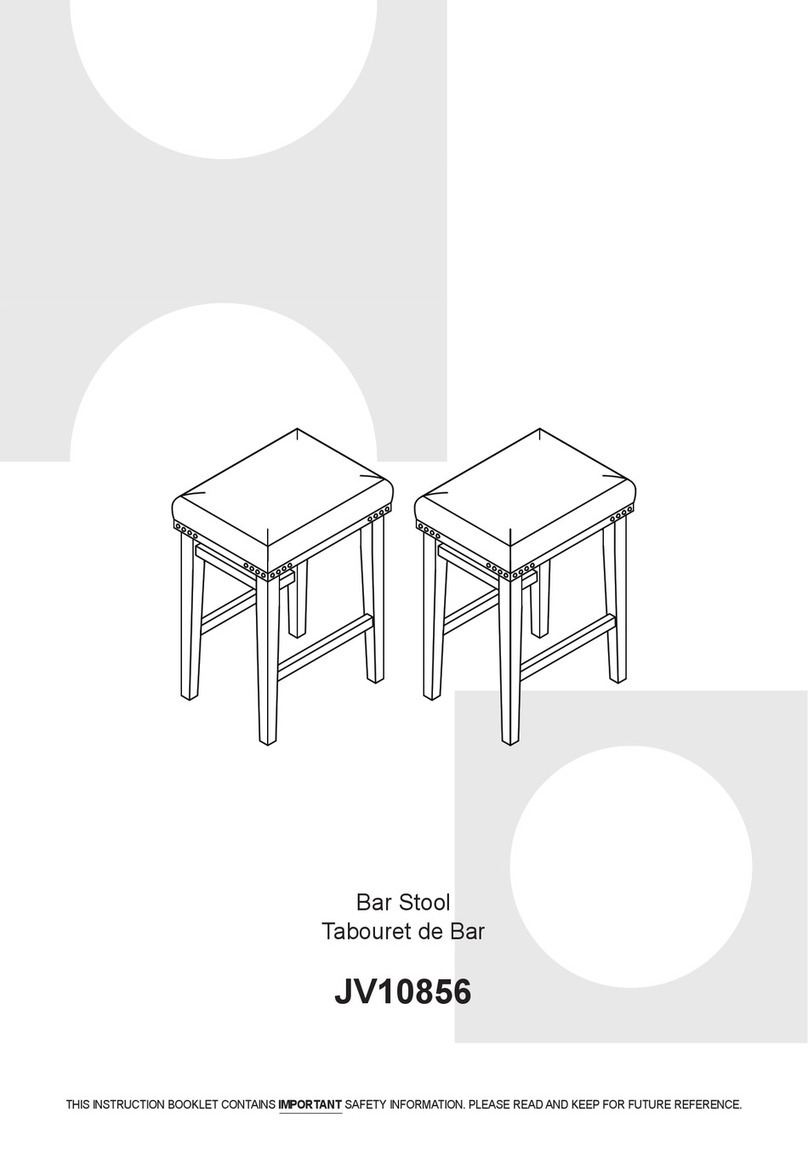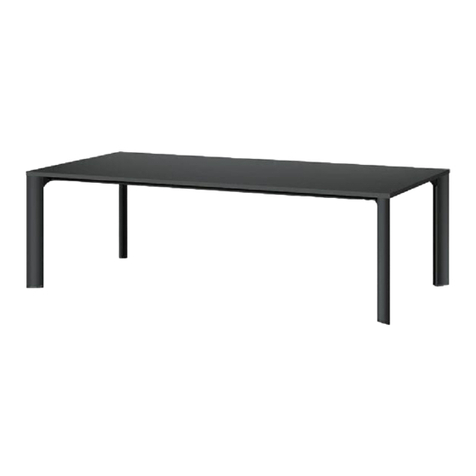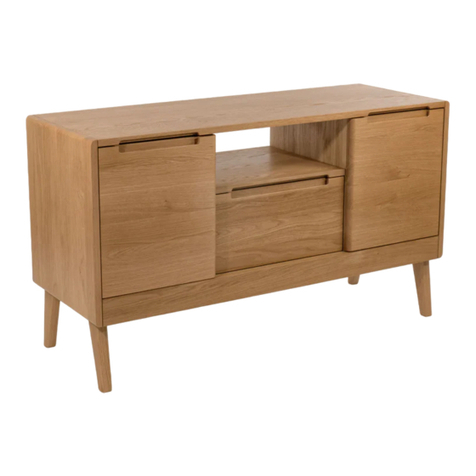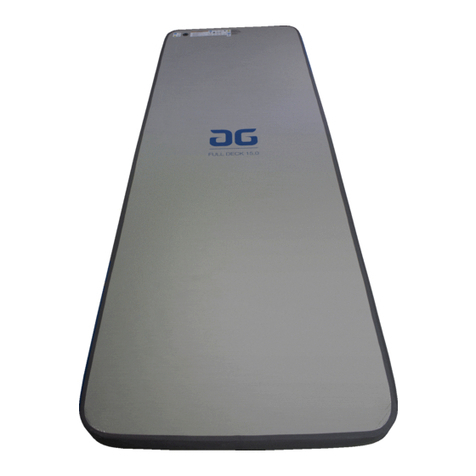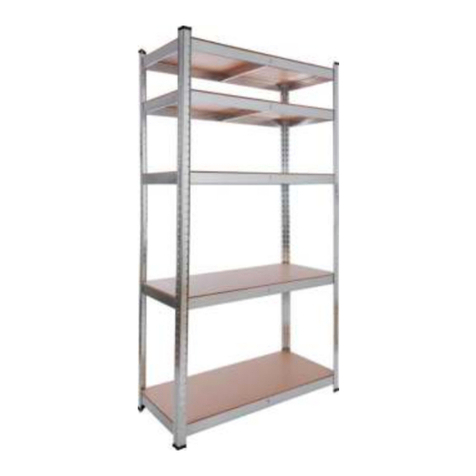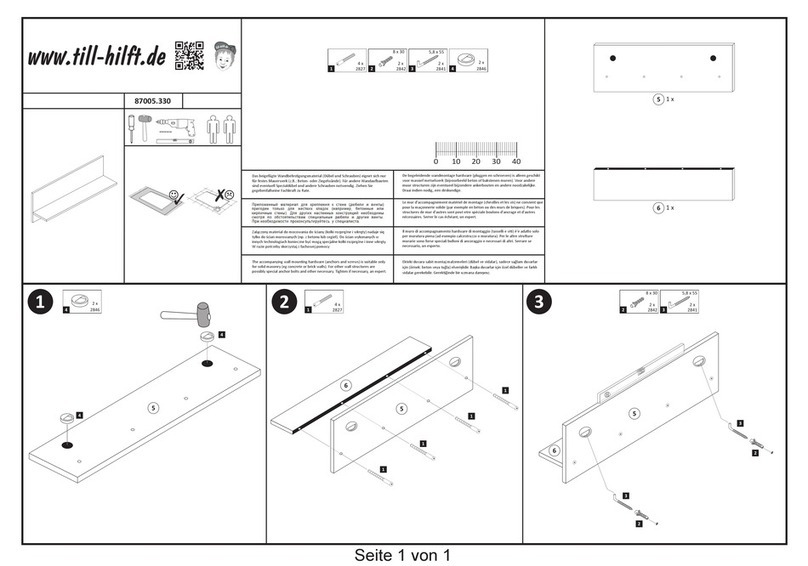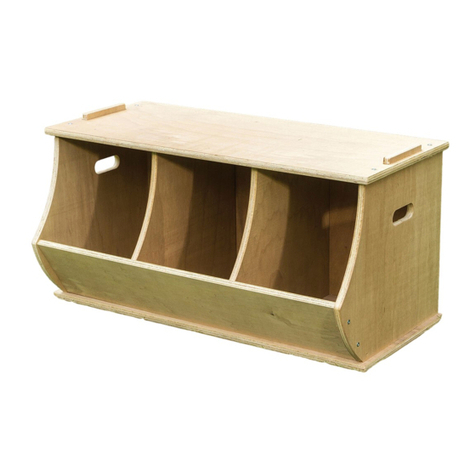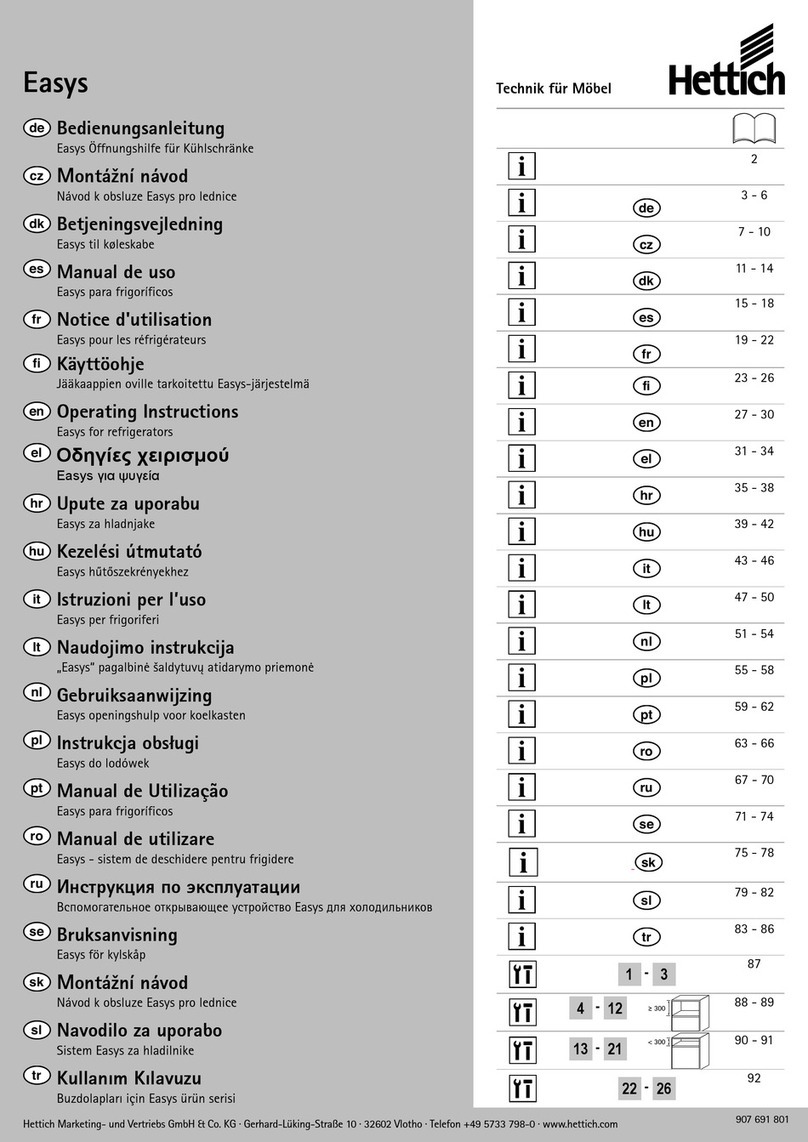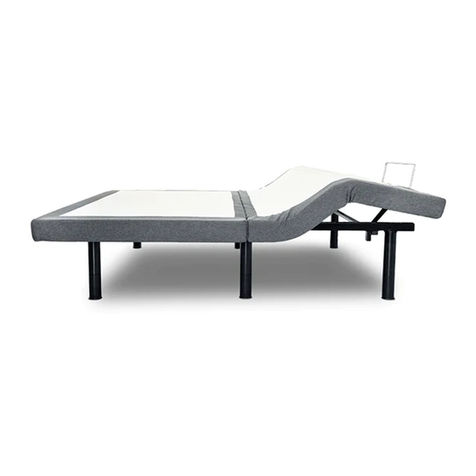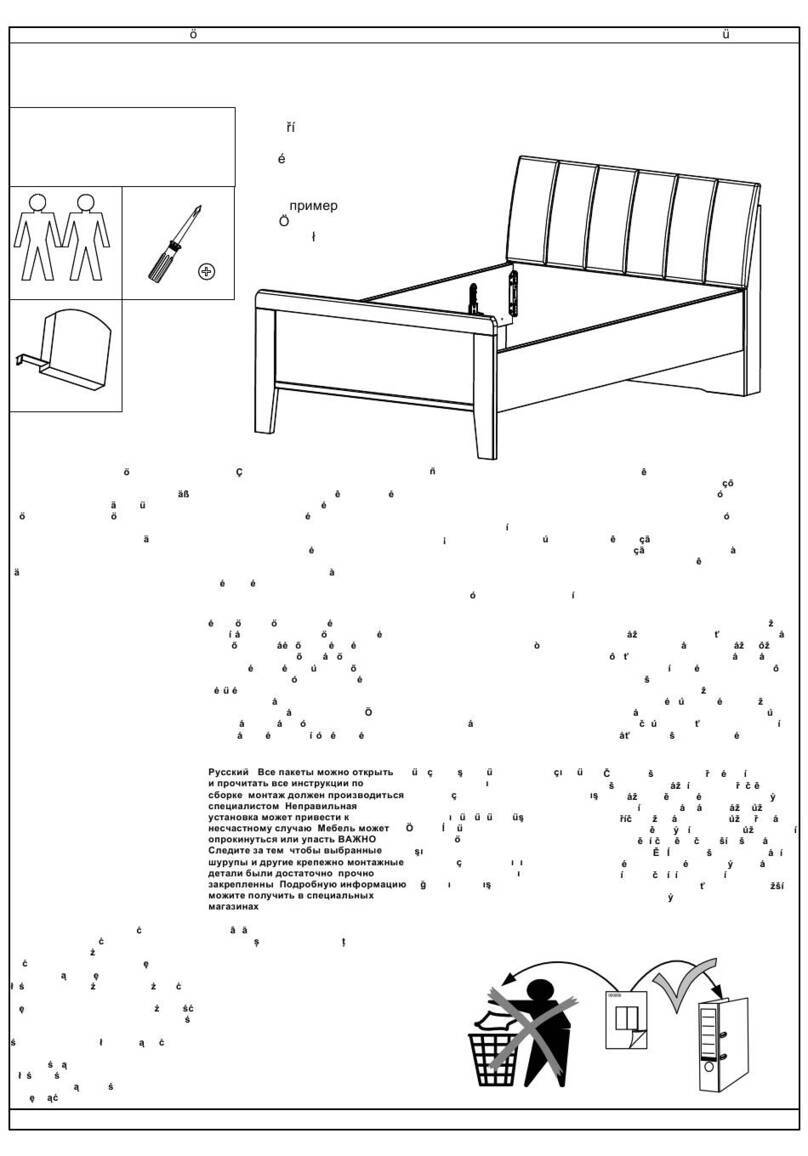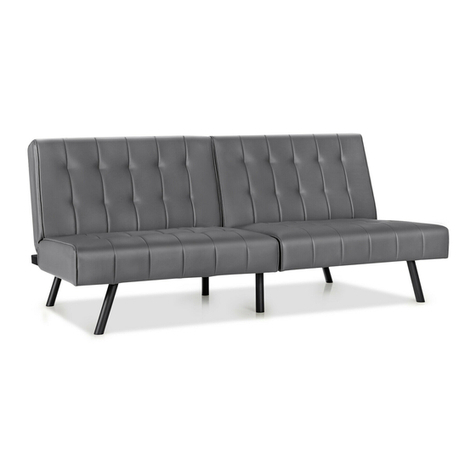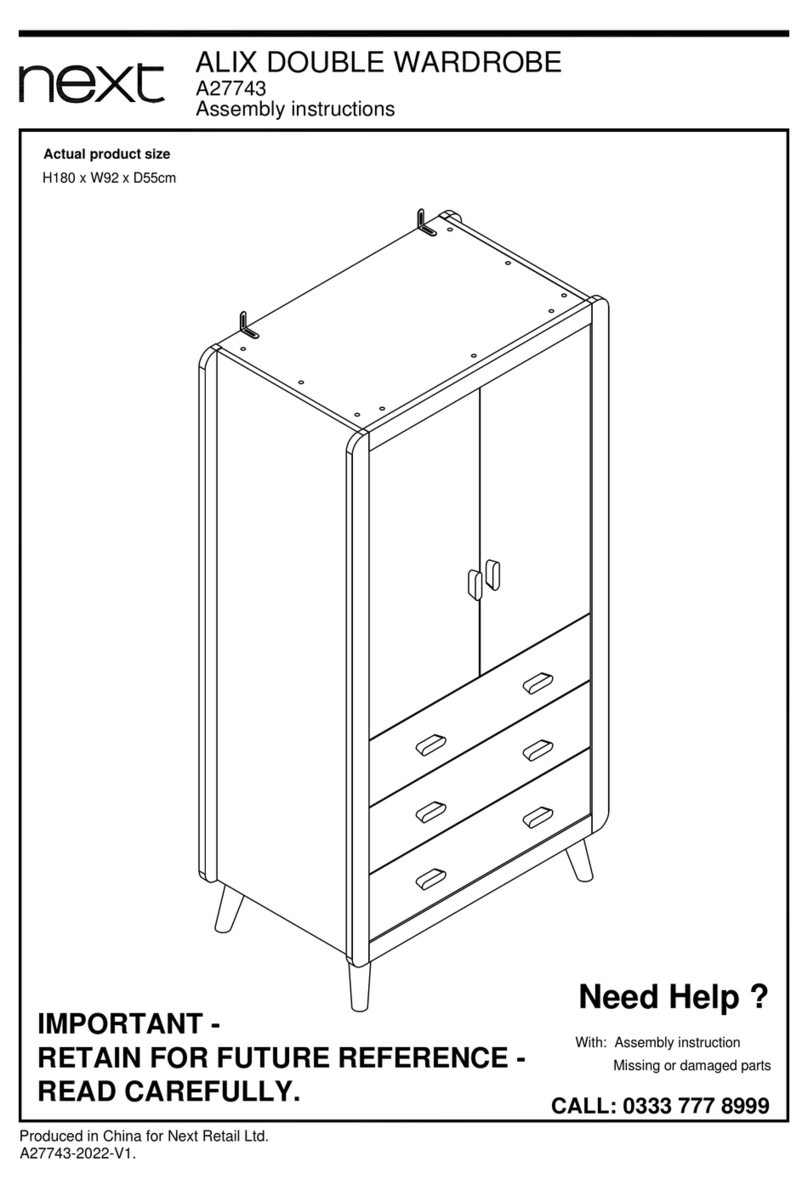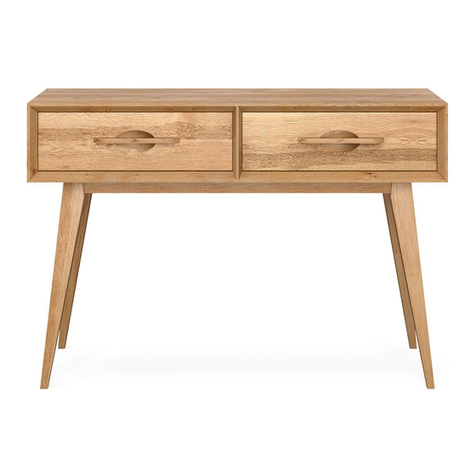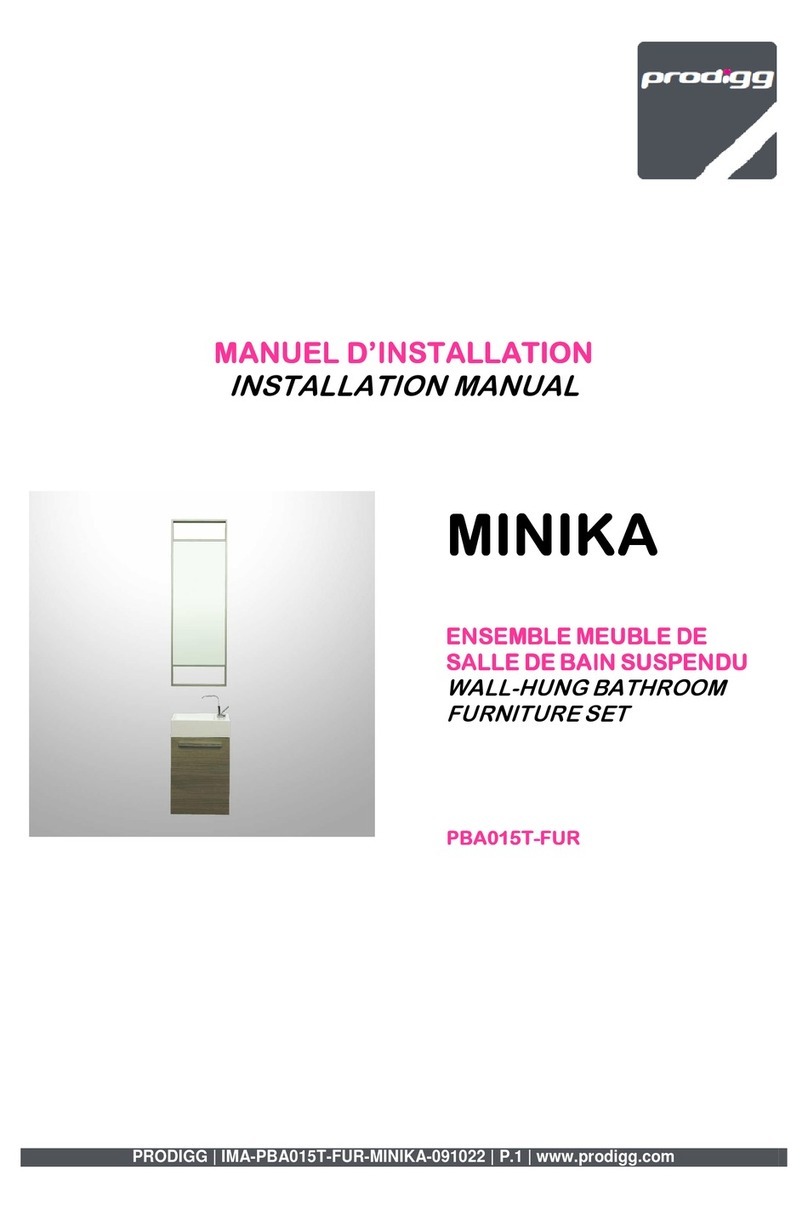
4) Seat Depth
Why? If your seat depth is too long you could compromise the
circulation in your lower legs as well as being unable to make
effective use of the back rest and will adopt a posture with a rounded
spine. If it is too short, you will increase the pressure on your thighs.
Ideally the front edge of the seat should be 5cm from the back of
your calves.
How? Whilst seated push the button on the right hand side of the
seat and slide the seat into your desired position. Release the button
to lock the seat. There is 70mm of movement in the seat slide which
is a standard feature.
5) Back Recline Tension
Why? It is important to allow your body to remain dynamic with the
chair in its unlocked position, because a dynamic posture promotes
good circulation and a healthy spine. The tension of the chair should
be adjusted to suit your own weight so that your body moves freely
and harmoniously with the chair rather than having to fight it.
How? To unlock the back of the chair and allow it to move with your
body, push down the paddle found under the left hand side of your
seat. To adjust the tension to suit your own body weight, pull out the
knob under the right-hand-side of the seat. Rotate it clockwise to
increase the tension and anti-clockwise to decrease the tension.
6) Forward Seat Tilt
Under the left-hand-side of your seat you will find a paddle, which
can be set in any one of three positions.
1) When the paddle is in the raised position, the back angle will be
locked in any one of three position
2) When the paddle is in the middle position the back is unlocked
and remains in ‘free-float’ with the seat returning to a flat position
(parallel to the floor) when the back is in the upright position.
3) When the paddle is in the lower position, the chair will remain in
‘free-float’. But the seat will return to a 3 degree forward tilt when the
back is in the upright position.
